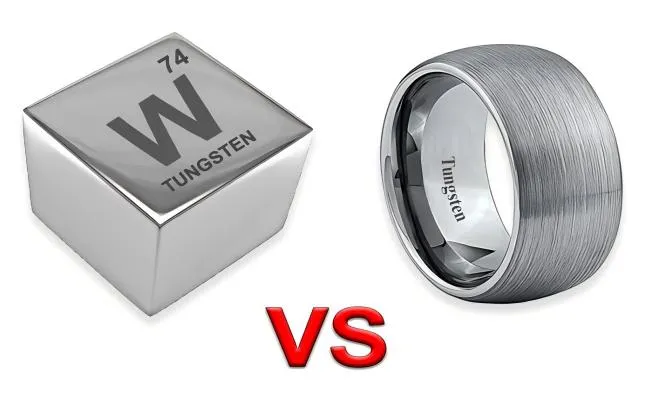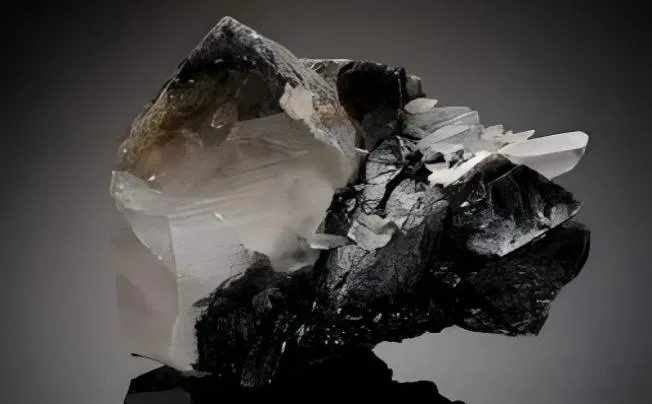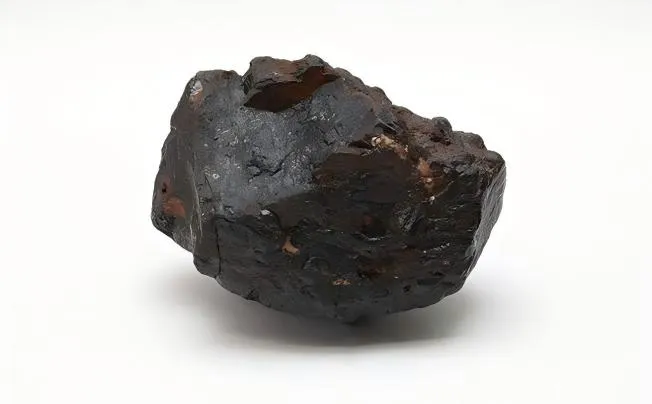Definition and Purpose
Cored wire, a consumable tubular electrode with a metallic sheath filled with various powders or alloys, plays a crucial role in modern welding applications. Its primary function is to deliver specific materials and properties to the weld area efficiently compared to traditional solid wires.
By encapsulating alloying elements, fluxes, or other additives within the core material, cored wire enables welders to achieve desired results with enhanced control and precision. This innovative welding consumable has revolutionized the industry by offering versatile solutions for various welding processes.
Types of Cored Wire
Flux-Cored Wire
Flux-cored wire is a type of cored wire that contains flux compounds within its core, designed to provide shielding gases and slag formation during welding. The inner core of the wire is filled with various flux materials that react to the high temperatures generated during the welding process. This reaction creates a protective gas shield around the weld pool, preventing atmospheric contamination and ensuring a clean weld joint. Subtitle: Revolutionizing Welding Efficiency
Within the category of flux-cored wire, there are two main variants: self-shielded flux-cored wire and gas-shielded flux-cored wire. Self-shielded flux-cored wire eliminates the need for external shielding gases by relying on the vaporization of compounds within the core to create a protective atmosphere. On the other hand, gas-shielded flux-cored wire requires an external supply of shielding gas to protect the weld pool from atmospheric exposure.
Metal-Cored Wire
Metal-cored wire is a unique type of cored wire that consists of a metal sheath surrounding a powdered metallic core material. Unlike traditional solid wires, metal-cored wires offer higher deposition rates and increased travel speeds due to their tubular structure, which allows for greater conductivity and heat transfer during welding. This results in improved arc stability and reduced spatter formation, making metal-cored wires an ideal choice for high-speed welding applications. Subtitle: Enhancing Welding Performance
Metal-cored wires are known for their ability to produce high-quality welds with minimal distortion and excellent mechanical properties, even in challenging welding positions. The composition of the core material can be tailored to enhance specific characteristics such as impact toughness, corrosion resistance, or wear resistance based on the requirements of the application.
Tubular Cored Wire
Tubular cored wires are another variant of cored wires that feature a hollow tube-like structure filled with various powders or granules. The design of tubular cored wires allows for precise control over alloying elements, additives, or flux components incorporated into the core material. This versatility makes tubular cored wires suitable for specialized welding applications where specific chemical compositions or metallurgical properties are crucial. Subtitle: Precision in Welding Solutions
Tubular caged wires offer advantages such as improved bead appearance, reduced spatter generation, and enhanced control over weld penetration depth. By selecting the appropriate tubular caged wire formulation tailored to each welding scenario's unique demands, welders can achieve superior results in terms of quality, efficiency, and overall performance.
Advantages of Using Cored Wires in Welding Processes
Improved Deposition Rates
Cored wires offer a significant advantage in welding processes due to their ability to deposit filler metal at a much faster rate compared to solid wires. This increased deposition rate can lead to greater efficiency and productivity in various welding operations.
By using cored wires, welders can achieve higher travel speeds and complete welding tasks in less time, ultimately saving costs associated with labor and energy consumption. Moreover, the improved deposition rates of cored wires contribute to higher weld metal deposition efficiency.
This means that more of the filler material is deposited onto the workpiece rather than being lost through spatter or inefficiencies. The precise control over the deposition process provided by cored wires results in consistent and uniform welds, ensuring quality and reliability in the final welded joints.
Furthermore, the enhanced deposition rates offered by cored wires make them particularly suitable for applications where high productivity is essential, such as fabrication shops, construction projects, and manufacturing industries. Whether it's for structural welding or repair work, the ability of cored wires to deposit filler metal quickly and efficiently is a key advantage that sets them apart from other welding consumables.
Enhanced Penetration and Fusion Characteristics
One of the standout features of using cored wires in welding processes is their ability to provide enhanced penetration and fusion characteristics compared to solid wires. The unique composition of cored wires allows for deep penetration into the base metal while promoting excellent fusion between the filler material and parent metal.
This results in stronger and more reliable welds with superior mechanical properties. The flux or alloying elements contained within the core of cored wires play a crucial role in enhancing penetration during welding.
These elements help create a protective atmosphere around the weld pool, preventing contamination and promoting smooth fusion between the filler material and base metal. As a result, welders can achieve deeper weld penetration without compromising on quality or integrity.
Furthermore, the enhanced penetration capabilities of cored wires make them ideal for joining thick materials or performing root passes on challenging joint configurations. Whether working with carbon steel, stainless steel, or high-alloy materials, utilizing cored wires can ensure optimal penetration depths and strong metallurgical bonds for structurally sound weldments.
Reduced Spatter and Fume Emission
When it comes to minimizing unwanted byproducts during welding processes, cored wires excel at reducing spatter formation and fume emission compared to traditional solid wire electrodes. The design of cored wires helps contain flux within the core material until it reacts with arc heat during welding. This controlled release mechanism results in reduced spatter generation on the workpiece surface.
Additionally, as spatter formation is minimized when using cored wires, there is less need for post-weld cleanup operations such as grinding or rework. This not only saves time but also contributes to cost savings by reducing material waste and labor expenses associated with removing spatter from completed welds.
Furthermore, by producing fewer airborne particles during welding operations, cored wires help improve overall workplace safety by reducing exposure to harmful fumes generated from molten metals. The lower fume emission levels associated with using cored wires make them an environmentally friendly choice for both indoor and outdoor welding applications while ensuring better air quality for operators working nearby.







